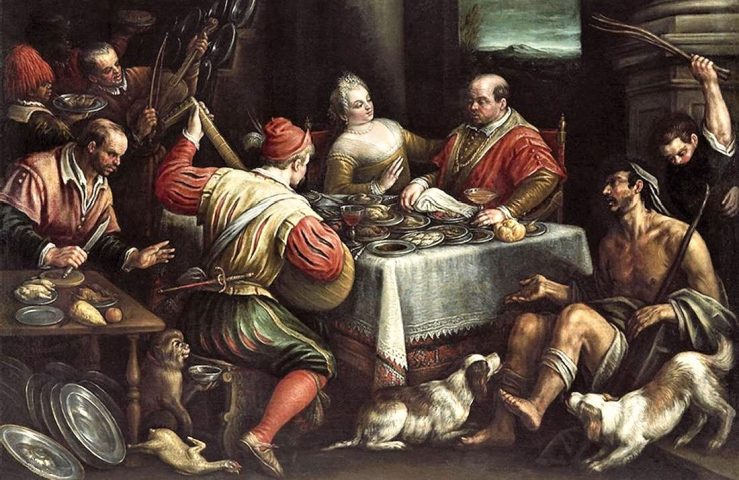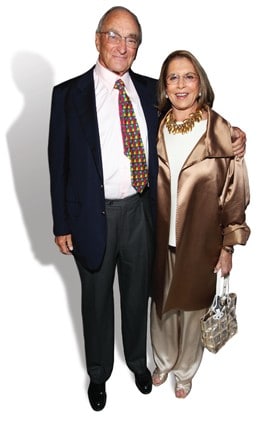

If they cared to join the Junior League or do good civic works on the side, so much the better. While it was assumed through the fourth generation that male children would join the business, girls were expected to marry, stay at home and raise families. If Amelia indeed served as a kind of self-designated corporate controller, she was as close as any Lazarus woman ever came to having a significant role at the store. She didn't trust her kids to be entirely responsible."

"From Simon's death on," says Char Witkind, "Amelia went down to the store every day and counted the money. When Simon Lazarus died in 1877 at the age of 69, Fred and Ralph took over, though not without considerable scrutiny from their mother, Amelia, who lived until 1899. In the next 140 years Lazarus floor space would multiply a thousandfold, but for the first two decades Simon and his young sons were content to sell men's ready-to-wear from their little storefront. The men's clothing store Simon opened at the southwest corner of Town and High streets in 1851 occupied 800 square feet-an area smaller than the home swimming pool one of his grandsons would build 75 years later. Fred and Ralph joined their father in business and became the "F" and "R” of F.

David later became a rabbi in Pittsburgh. Another son, Ralph, was born in 1852, and four daughters followed. A rabbinical scholar who later served without pay as the first rabbi of Temple Israel, Simon came to Columbus with his wife, Amelia, his stepson, David, and his infant son, Fred. When Simon Lazarus left Wurtenburg, Germany, in 1850, barely 40,000 people lived in Franklin County. And so, in a sense, is the family that built one of America's great mercantile dynasties. Most have been made financially comfortable by the fruits of their fathers' and grandfathers' and great-grandfathers' labors. Lazari (as family members like to call themselves) and Lazar-in-laws are spread from coast to coast and even overseas. The Lazarus family, its fifth generation in the prime of life and its sixth generation moving through childhood and adolescence, is larger than ever. But it was no longer a family store, no longer the base that had made Lazarus the most recognized family name in Central Ohio and given family members instant credibility in the tight circles of community power. The store that had carried the family name for nearly 140 years might survive into the 21st century and even beyond. "I went in and talked to Bob, and then I came out and went in to Dad's office and quietly, by myself, burst into tears."įor Char Witkind, seeing the empty office from which her father, Robert Lazarus Sr., had run the store for more than 20 years triggered a cathartic moment of grief and understanding. “All those desks were just sitting there empty,” Witkind says. Bob Lazarus, left behind to handle what remained of the store's community relations, was the only executive on the floor. Federated Department Stores had decided, a few months earlier, to cut costs and consolidate administration by moving the headquarters of the Lazarus division from Columbus to Cincinnati. Ever since she'd roamed the aisles and office corridors of Lazarus in her Columbus School for Girls tunic in the 1920s and ‘30s, Charlotte Lazarus had felt nearly as comfortable in the family store as in her own home.īut this time things were sadly different. When Char Wit kind decided a couple of years ago that she needed to talk with her broth er, Bob Lazarus, she drove Downtown from Bexley, parked her car in a Lazarus garage, walked to the huge store at Town and High streets, rode the escalators to the fifth floor and headed for the executive offices. profiled the rise and fall of the Lazarus family’s mercantile empire. In 1990, Columbus Monthly senior editor Herb Cook Jr. Editor’s note: It’s been 15 years since the iconic Downtown Lazarus store closed its doors for good, though the influence and control of the family that built the beloved institution had already waned by then.


 0 kommentar(er)
0 kommentar(er)
